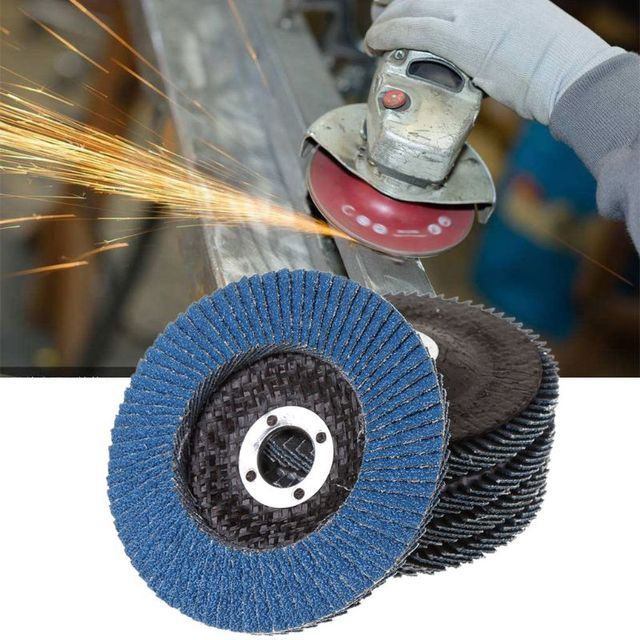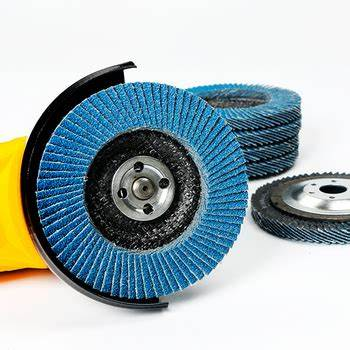Choosing By Abrasive Grain
It is mainly related to machining surface roughness and productivity.
- Coarse grinding, grinding allowance is large, the required surface roughness value is large, should choose a coarser abrasive. Because of coarse abrasive grain and large porosity, grinding depth can be large, and grinding wheel is not easy to block and heat.
- Fine grinding, the allowance is small and the roughness value is low, so fine abrasive particles can be selected.
Generally speaking, the finer the abrasive grain, the better the surface roughness.
Choosing By Hardness
The hardness of grinding wheel refers to the firmness of grinding grain and adhesive on the surface of grinding wheel. The hardness of grinding wheel is soft, indicating that the grinding wheel is easy to fall off, while the hardness of grinding wheel is hard, indicating that the grinding wheel is difficult to fall off. The hardness of grinding wheel and abrasive hardness are two different concepts. The same abrasive can be made into grinding wheels of different hardness, which is mainly determined by the performance and quantity of binder and grinding wheel manufacturing technology. The significant difference between grinding and cutting is that the grinding wheel has “self-sharpening”. Choosing the hardness of the grinding wheel is actually choosing the self-sharpening of the grinding wheel. It is hoped that the sharp grains will not fall off too early, nor will they fall off when they are blunt.
The General Principle Of Grinding Wheel Hardness Selection Is:
- When machining soft metal, in order to prevent abrasive from falling off prematurely, a hard grinding wheel is used.
- When processing hard metal, in order to timely make blunt abrasive particles fall off, so as to expose the new abrasive particles with sharp edges and corners (that is, self-sharpening), soft grinding wheel is selected.
The former is because when grinding soft materials, the grinding wheel work abrasive wear is very slow, do not need to be detached too early; The latter is because when grinding hard materials, the working abrasive grains of the grinding wheel wear faster and need to be updated faster. In order to ensure grinding accuracy and roughness, a slightly harder grinding wheel should be used in fine grinding. Poor thermal conductivity of workpiece materials, easy to produce burns and cracks (such as grinding hard alloy, etc.), the grinding wheel should be soft.
Choosing By Organization
The structure of grinding wheel refers to the proportion of the volume of abrasive grain, binder and porosity. It is usually graded by the percentage of the abrasive particles in the volume of the wheel.
Grinding Wheel Has Three Kinds Of Organization States:
- Compact
- Medium
- Loose
Subdivided into 0-14, a total of 15 grades. The smaller the tissue size is, the larger the proportion of abrasive particles is and the closer the grinding wheel is. On the contrary, the larger the tissue number is, the smaller the abrasive grain proportion is, and the more loose the grinding wheel is.
Choosing By Shape Size
According to the structure of machine tool and the need of grinding, grinding wheel is made into various shapes and sizes. The outer diameter of grinding wheel should be as large as possible to improve the circumferential velocity of grinding wheel, which is beneficial to improve grinding productivity and surface roughness. In addition, if the machine tool stiffness and power permit, the grinding wheel with larger width can also improve productivity and reduce roughness. However, in grinding materials with high thermal sensitivity, the grinding wheel width should be appropriately reduced to avoid burns and cracks on the workpiece surface.


